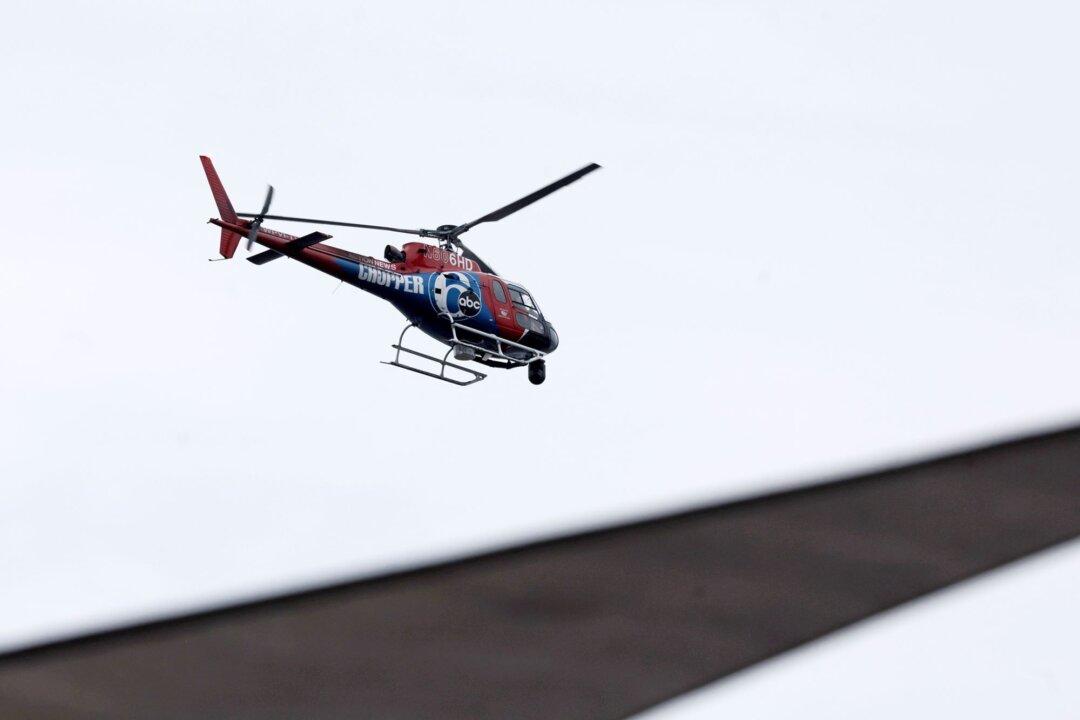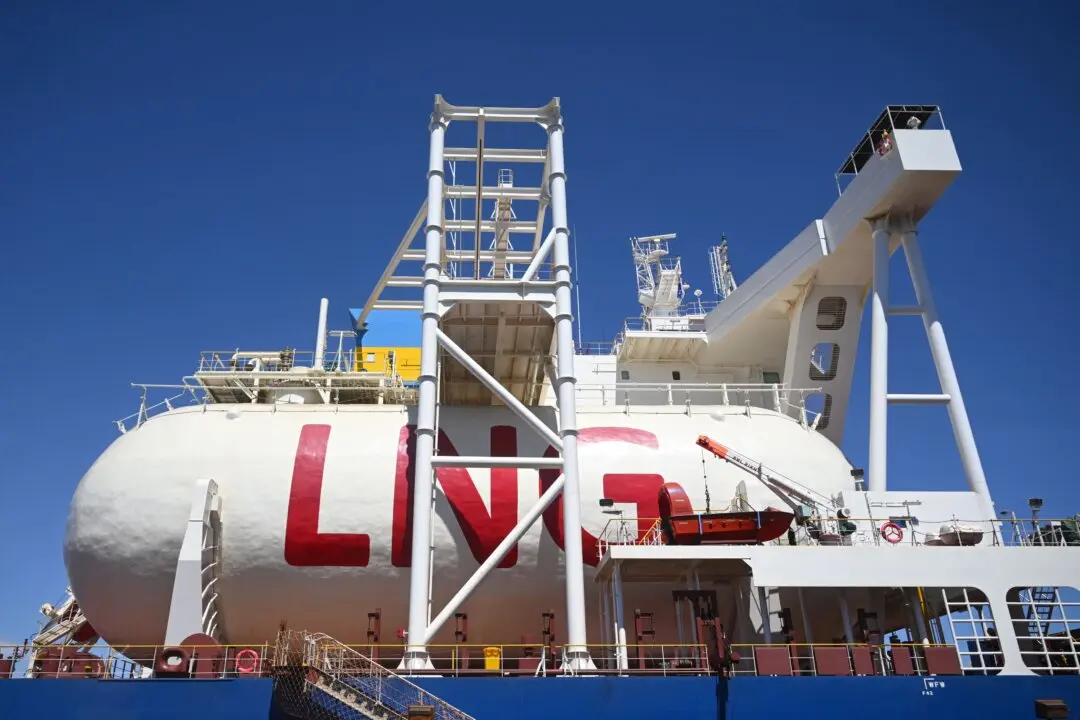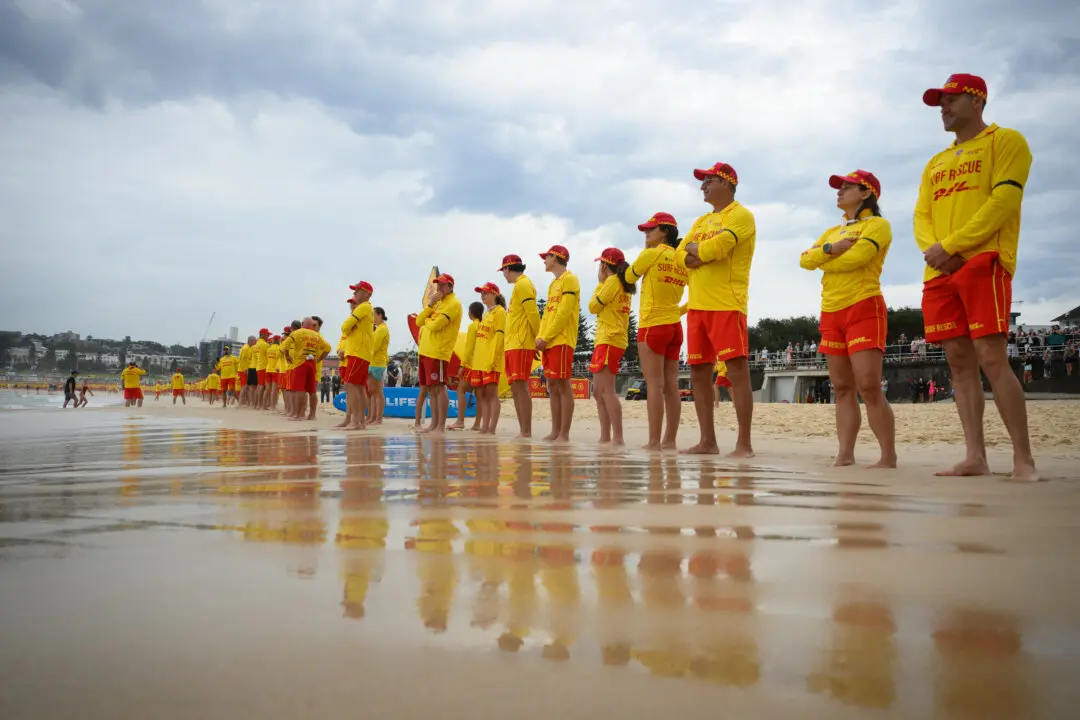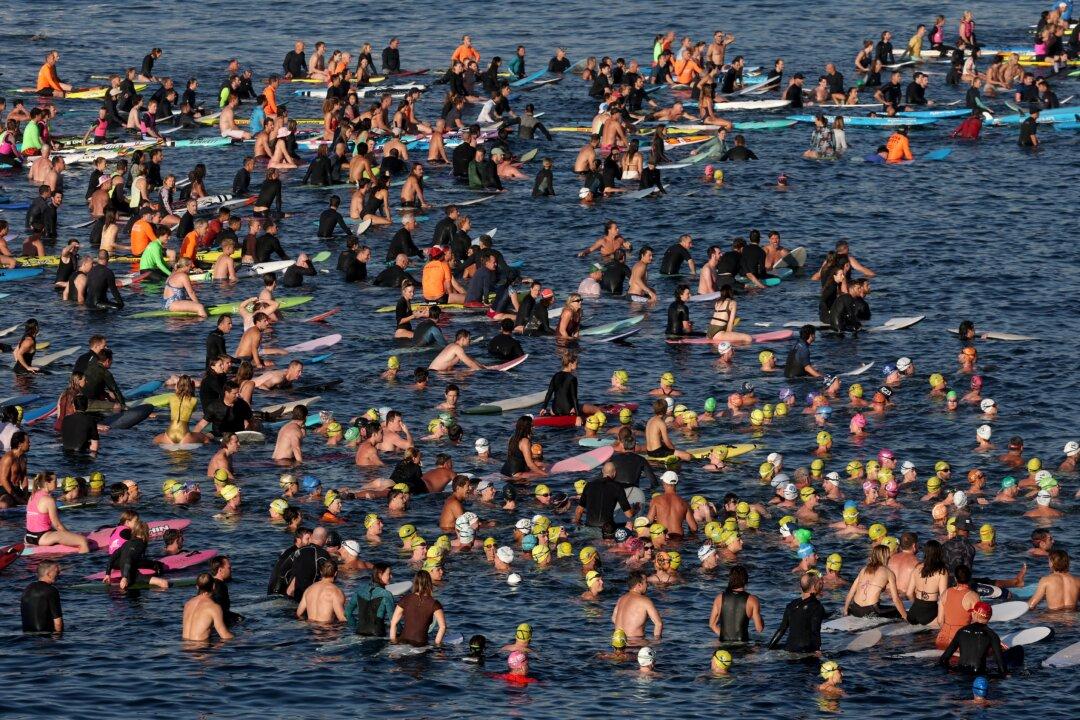A helicopter pilot who crashed into a mountain after flying into a “wall of cloud” did not receive training on how to manage unexpected deterioration in weather conditions.
Dean Neal, 32, was killed along with four passengers when the Microflite helicopter he was flying crashed at Mt Disappointment north of Melbourne on March 31, 2022.





